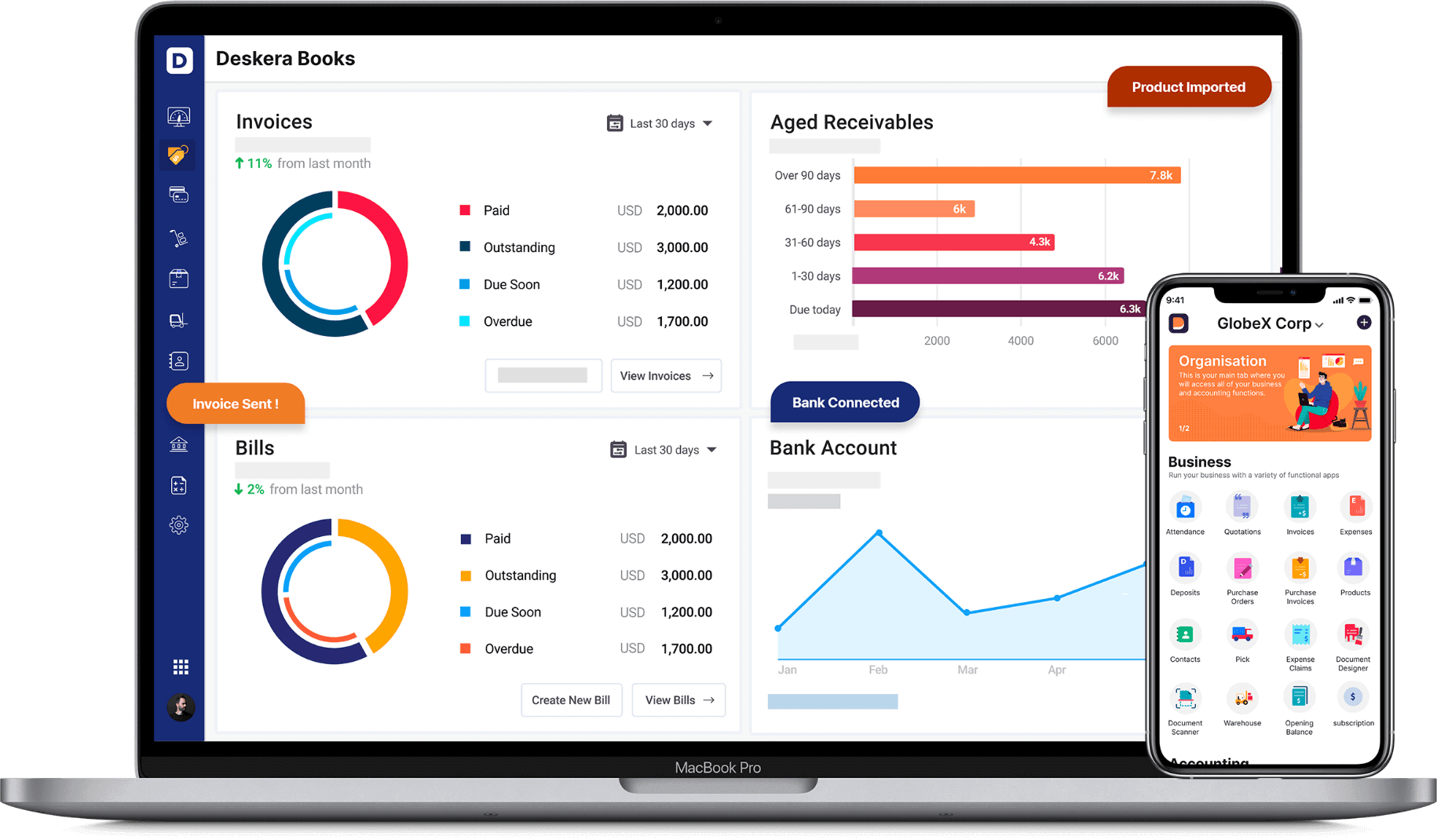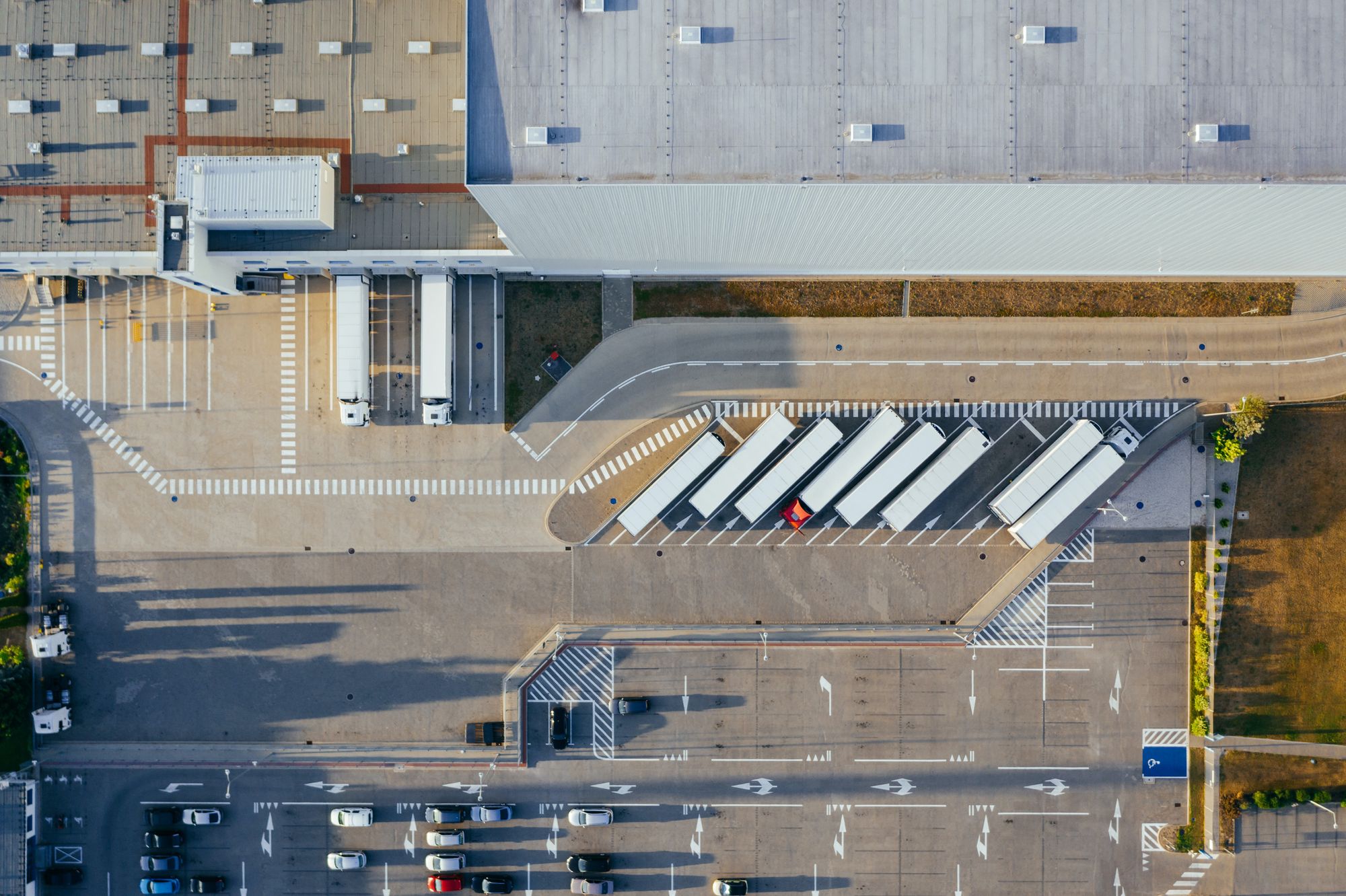Understanding the production process may be a crucial component of your company's knowledge. Because they are altered or merged to produce the finished commodities that are delivered to customers, intermediate goods are one component of the production process. Industries acquire and sell intermediate goods among themselves in addition to producing their own intermediate goods.
The purpose of intermediate products are discussed in this article, along with some instances of them and a comparison of intermediate goods, capital goods, and consumer goods.
Table of Content
- What Are Intermediate Goods?
- Key Points on Intermediate Goods
- Final Goods Vs Intermediate Goods
- Consumer Goods Vs Intermediate Goods
- Capital Goods Vs Intermediate Goods
- How do intermediate goods work?
- Categories of Intermediate Good
- A Practical Example of Intermediate Good
- A Comprehensive Example of Intermediate Goods
- How Do Intermediate Goods Impact the GDP?
- Services As An Intermediate Goods
- Final Words
- Key Takeaways
What Are Intermediate Goods?
The phrase "intermediate goods" refers to products that companies employ to produce other products or services. Producer goods are another name for these products.
In other words, intermediate products are utilised for manufacturing final goods or consumer goods. Additionally, they serve as ingredients in the final products and serve as inputs in the production of other items.
A corporation may create intermediate items to be used in the manufacturing of completed goods, or it may sell them to another company involved in the manufacture of finished goods.
They are sometimes referred to as semi-finished items. There are three uses for intermediate commodities, which are as follows:
1. Producing for personal use
2. Generating intermediate products and trading them with other companies
3. Being acquired by businesses for a particular purpose or to produce other intermediary items
During the manufacturing process of producing completed items, intermediate goods may either become a component of the final product or they may undergo significant changes.
Key Points on Intermediate Goods
1. One production unit buys them from another production unit. These products are produced within the permitted limits.
2. Since the need for these commodities is derived from the desire for the finished goods, they have derived demand.
3. The finished items' worth is increased by the value of these additional goods.
To better understand the intermediate goods, let’s see a few comparisons between intermediate goods and final goods, consumer goods, and capital goods.
Final Goods Vs Intermediate Goods
Final Goods:
· Final goods are the production's finished items that are prepared for consumption or reinvested, to put it simply.
· Final goods are those products that are purchased for consumer use, such as milk. Milk is used for consumption even though it may be industrially processed to create other goods like curd or sweets as a finished item.
· Objects that are utilised by businesses as an investment or form of capital, such as machinery made by one company and acquired by another as a finished good.
Intermediate Goods:
· Intermediary items are those that are intended for resale or reuse within the same accounting year.
· A retailer buying milk to sell to consumers is an example of reselling intermediate products.
· Milk is an example of an intermediate good that is reused in the production of sweets.
Consumer Goods Vs Intermediate Goods
A consumer product is anything that someone purchases for their personal use or consumption. The lifespan of a consumer good ends when it is purchased by a person or other entity. That individual neither sells it nor utilises it to build anything else.
However, when someone or a business purchases an intermediate good, their trip is not yet complete.
Depending on who purchases a product, it may be either an intermediate or consumer good. It is a consumer good if I buy salt and bring it home for usage by everyone in the house.
On the other hand, salt is an intermediate good when it is purchased by bakers to be added to their goods. For the salt, the voyage is not over yet. The baker then sells the bread after seasoning it with salt.
Capital Goods Vs Intermediate Goods
Despite the fact that both individuals and organisations purchase capital and intermediate commodities for the manufacturing process, the two concepts are distinct.
A capital good often does not change while being produced. An example of a capital good is a baker's oven. It facilitates bread-making. Nevertheless, the oven is unharmed while being produced. Additionally, the oven is not a component of bread.
Contrarily, bread components include wheat or salt. They are used up throughout the manufacturing process.
How do intermediate goods work?
Since they are essential to the production process, intermediate products are often referred to as producer goods. Industries exchange these products for resale or the production of other products. They change into a different state when they are utilised in the production process.
The usage of intermediate products normally has three choices. Producing and utilising one's own intermediate goods is permitted. Additionally, the manufacturer may manufacture the items before selling them, which is a very typical practice across sectors. In order to produce the completed good or a secondary intermediate product, businesses purchase intermediate products. Every intermediate good inevitably becomes a part of the final product or undergoes a full reconfiguration during the manufacturing process.
Categories of Intermediate Good
Intermediate products can be divided formally into three groups:
· They are created and utilised instantly by the maker to create finished items in the first category;
· In the second, they are created and sold to other businesses in their half-finished condition so they may create finished things; and
· Thirdly, they are sold to a different business to make another intermediate item.
A Practical Example of Intermediate Good
All produced and traded goods that are used to create a different ultimate product for the consumer are considered intermediate goods. The following are some instances of intermediate goods:
· Salt: Because it is a component of many foods and non-food things, salt is regarded as an intermediate good.
· Wheat: Similar to salt, wheat is an intermediate good since it is prepared to be used as a component of another good, often one that is connected to or utilised in food.
· Glass: Because it is used in so many other finished items, like windows and doors, that fundamentally change their purpose, glass is an intermediate good.
· Steel: Another intermediate good that is utilised in the production of finished goods in several sectors, including transportation and construction, is steel.
· Wood: Wood is a commonly used intermediate commodity that is transformed into a variety of home furnishings and building components.
· Precious metals: Metals like silver and gold are used as intermediate goods in the production of a variety of finished goods, including jewellery and accessories. Precious metals are also used in some technological products, such as solar panels.
· Car parts: The numerous components that go into making vehicles and trucks are regarded as intermediate commodities since, when put together, they undergo substantial transformation.
· Paint: Because they are frequently used to decorate a company's final goods throughout the manufacturing process, paint and other ornamental objects and substances are regarded as intermediate commodities.
· Hardware: When combined to create a final consumer item, hardware and fittings are regarded as intermediate goods.
Many of these intermediary products can also be marketed to consumers directly as finished items. When they are used to create another distinct product that is intended for sale, they are regarded as intermediate products.
For instance, wood is the finished product if it is purchased to be used in the construction of a bookshelf. The wood that goes into a bookshelf is an intermediary good that assisted in creating the finished item if someone purchases one.
A Comprehensive Example of Intermediate Goods
As you may guess, intermediate items are frequently offered across several sectors. Here are some instances of the three categories stated before.
Car engines are an example of an item that is created and then employed by the producer as components in finished goods. Some automakers may create their own unique engines, which they will then incorporate into cars that will ultimately be sold to consumers.
Examples of products that are manufactured and then sold to other businesses in a partially finished state include steel, which is used to finish off buildings, bridges, cars, and trains; wood, which is used to build homes and create furniture and hardwood flooring; precious metals like gold and silver, which are used to create jewellery; and glass, which is used to create windows, ornaments, wine bottles, and photo frames.
Finally, secondary intermediate products can be created using intermediate goods. For instance, a farmer may raise flax plants that are subsequently sold to a miller (as an intermediary good) for processing into flaxseed (commonly used in many types of healthy food). Then, a firm that makes granola bars purchases flaxseed (as a secondary intermediate commodity) and sells the finished banana chocolate chip flaxseed granola bars to customers at the grocery store.
How Do Intermediate Goods Impact the GDP?
The importance of intermediate products in determining a nation's Gross Domestic Product (GDP) cannot be overstated. Recall that GDP stands for Gross Domestic Product, which is the total value of all products and services generated in a nation or region. It is a key idea in macroeconomics as well as in the socio-economic and political arenas.
It is significant to note that intermediate items are not taken into account when calculating GDP since doing so would constitute "double-counting" given that final goods would also be taken into account. Therefore, incorrect GDP estimates as a result of incorporating intermediary items would result in a significant overestimation of GDP.
Imagine that a blueberry farm in Oregon produces blueberries and sells them to nearby grocery shops, people who come to the farm during the summer, and a company that makes jam as a basic illustration of the idea.
The farm's sales of blueberries to the general public will be counted toward the computation of the U.S. GDP, but its sales of blueberries to supermarkets and jam factories will not. This avoids duplicate counting, which would occur if the grocery shops and jam producers did not sell the product to the final consumers who will be considered in the GDP calculation.
Services As An Intermediate Goods
The fact that services might be regarded as intermediary products should also be acknowledged. For instance, in the photography industry, the service of processing images is regarded as the intermediate product, whilst the actual photographs are regarded as the final good.
As intermediary products, other service-oriented industries can also be categorised as providing banking, insurance, cleaning, gardening, and public transportation.
Final Words
It's crucial to monitor each stage of the production process since intermediate items are incomplete and require additional processing. Inventory management software that automates your whole process will make it the easiest for you to keep track of everything in your warehouse.
You may improve operational efficiency by tracking the movements of your own intermediate items in real-time, all the way up to the manufacturing of finished goods.
How can Deskera Help You?
Deskera Books can help you automate and mitigate your business risks. Creating invoices becomes easier with Deskera, which automates a lot of other procedures, reducing your team's administrative workload.
Deskera Books will assist in inventory management, automate inventory tracking and their insights. It also have backorder management which will ensure that you never fall short of any inventory. Deskera Books will also help you to keep a track of your outstanding account receivables and account payables, hence ensuring you have a healthy cash flow. Click here for free trial

Learn about the exceptional and all-in-one software here:
Key Takeaways
· The phrase "intermediate goods" refers to products that companies employ to produce other products or services. Producer goods are another name for these products.
· During the manufacturing process of producing completed items, intermediate goods may either become a component of the final product or they may undergo significant changes.
· Final goods are the production's finished items that are prepared for consumption or reinvested, Intermediate goods are those that are intended for resale or reuse within the same accounting year.
· A consumer product is anything that someone purchases for their personal use or consumption.
· A capital good often does not change while being produced.
· All produced and traded goods that are used to create a different ultimate product for the consumer are considered intermediate goods.
· Intermediate items are frequently offered across several sectors.
· It's crucial to monitor each stage of the production process since intermediate items are incomplete and require additional processing.
Related Articles











